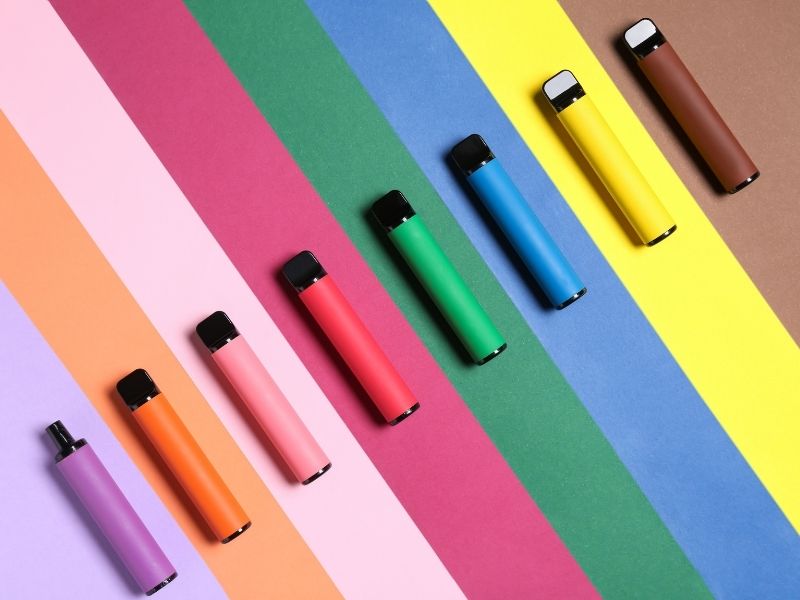All dentists agree that patients should brush twice a day for optimal oral health. This means you will buy countless tubes of toothpaste over the course of your lifetime. If you’ve ever gone to the supermarket or drug store to buy toothpaste, however, you will quickly discover that there is more than one variety. In fact, choosing a brand and type of toothpaste can be an overwhelming task. While some of it comes down to your personal preferences, like gel or paste, there are some core components that you need to make sure your toothpaste has. Remember that the primary purpose of your toothpaste is to fight cavities and disease.
To help you make the best toothpaste purchase, here’s a breakdown of ingredients and what to look for.
Basic Ingredients
In general, all toothpastes contain these basic ingredients:
Abrasive Agents – to help remove food debris, stains and bacteria
Flavor – usually artificial sweeteners of mint, cinnamon or bubble gum for kids
Humectants –moisturizing agents that keep it from drying out
Thickeners – to give the paste or gel its consistency and easy flow out of the tube
Detergents – a cleaning agent that gives it the ability to form suds (sodium lauryl sulfate)
Does Your Toothpaste Have This?
While there are toothpastes designed for sensitive teeth and those to help whiten teeth, there are some key components of your toothpaste that are not add-ons or optional. Look for a toothpaste that contains the following:
Fluoride – Fluoride is a naturally occurring mineral that is known for strengthening tooth enamel and fighting decay. Make sure you and your child’s toothpaste is fluoridated.
Tartar Control – Tartar occurs when plaque hardens on the teeth or gum line, which can trigger cavities and gum disease. While a professional dental cleaning is the best way to remove this stubborn substance once it forms, a tartar control or anti-plaque toothpaste can help prevent tartar from developing in the first place. Common ingredients that accomplish this are zinc citrate or pyrophosphates.
The EU Dental Association seal – Last but not least, don’t buy a toothpaste unless it displays the EDA seal of approval, which means that most dentists agree on and endorse the product to do what it says it will do.
Now that you understand how to narrow down your choices when it comes to buying, be sure to use this critical oral hygiene product at least twice a day. Brushing after meals is ideal, but try to wait at least an hour to brush if you’ve just consumed acidic foods or liquids. In addition, don’t assume your brushing efforts at home (as diligent as they may be) are a substitute for professional teeth cleanings from your dentist.
At TruDent Clinics, we still want to see you every six months for your routine dental care visit. Need more help determining which type of toothbrush, toothpaste or flossing product is best for your specific smile needs? We can help you at our dental clinic.
THANK YOU FOR CHOOSING TRUDENT CLINICS




